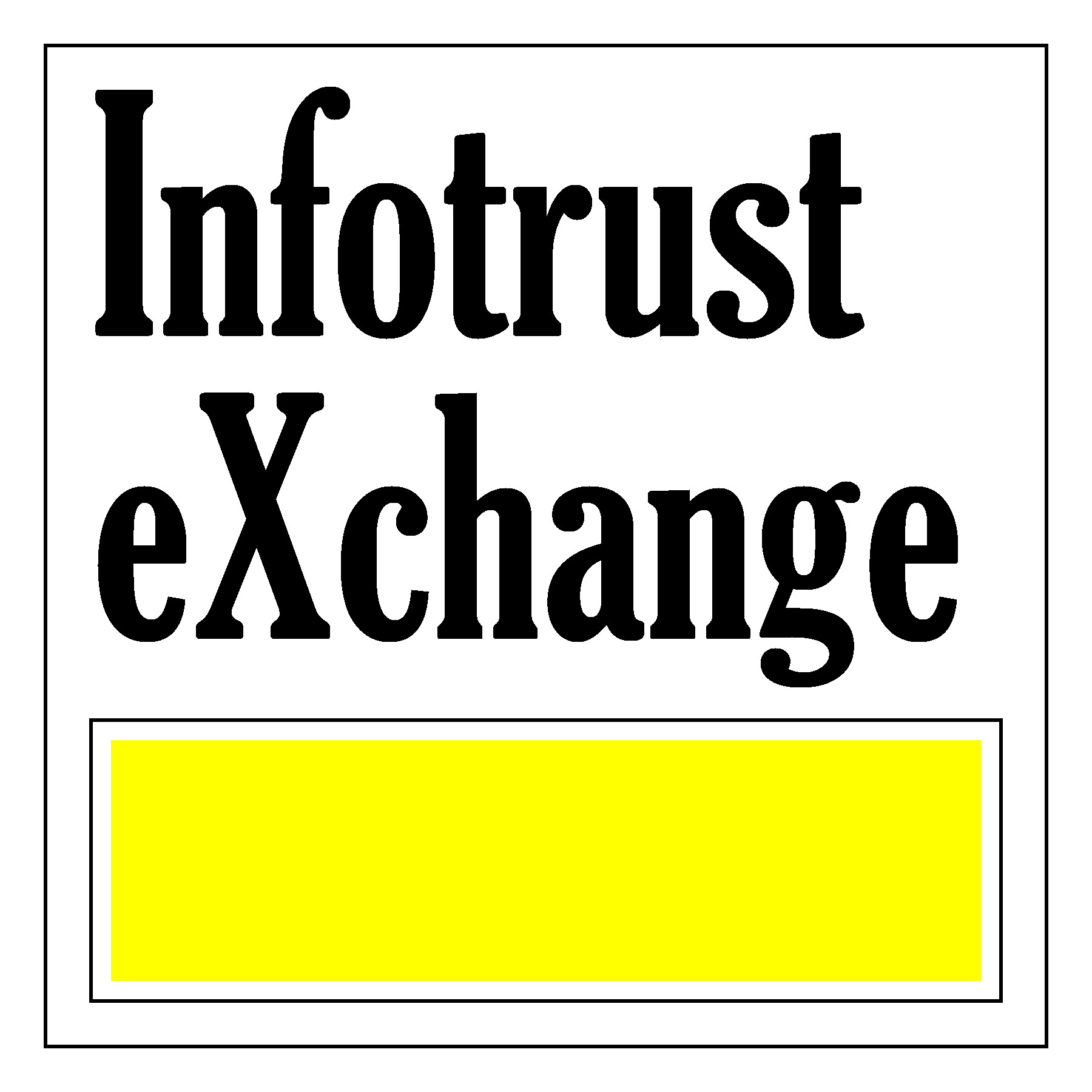
What is the Information Trust Exchange project?
WHAT EXPERTS SAY ABOUT ITEGA
PROJECT HISTORY
Sustaining civic-oriented journalism is the larger goal of The Information Trust Exchange (ITE) Project. The Internet needs additional infrastructure which will update the role and effectiveness of advertising, enhance consumer privacy options, and enable the sharing of information commerce among publishers, producers and artists. The Reynolds Journalism Institute at the University of Missouri is working on a solution. READ MORE ABOUT US. . . . / . . . VIEW POWERPOINT.
SOLUTION
The ITE emerged from a research effort begin at RJI in 2008 by Bill Densmore. Initially it was called “Information Valet Project.” It explored organizing an information-industry collaborative to build, own and operate a shared-user network layered upon the basic Internet. An Information Trust Exchange would: (1) Allow end users to own, protect — and sometimes share — their demographic and usage data for their benefit with the help of a competitively chosen “information valet” (2) Update the role, effectiveness and compensation for online advertising and marketing services (3) Allow online users to easily share, sell and buy content through multiple websites with one ID, password, account and bill.
THE CHALLENGE
To sustain a trustworthy information economy — and along with it both participatory democracy and journalism — the next-generation Internet needs a user-focused system for sharing identity, and for exchanging and settling value for digital information.
This system should exchange payments for the sharing of text, video, music, game plays, entertainment, advertising views, etc., across the Internet.
One challenge is to create a system that can be ubiquitous, yet never be owned or controlled by either the government or a dominant private, for-profit entity. It should to be massively distributed and — in some fashion — collaboratively owned. It should:
- Aggregate for advertisers audience measurement and selected demographic data by unique users whose identity persists across a federated network that also tracks, aggregates, sorts and shares revenues.
- Put in place technology for the optional sharing of content by subscription or click with sophisticated pricing and bundling options.
OBJECTIVES
The system design, therefore, should have the following objectives:
- A way to enumerate, exchange value
- Enables unlimited number of “retailers” of the valet experience and unlimited number of “vendors” of information of any size.
- Access to demographic, profile/identity and usage information controlled by the user.
- Privacy policy leadership
- Management of reputation and therefore accountability
- A mechanism for finding and sharing content that involves effective distribution, aggregation and sustainability
CHALLENGES
Thus the Information Valet Project addresses four challenges:
- How to exchange permission-based demographic information and hit data among advertisers and host websites.
- How to share revenue for proprietary content among various rightsholders.
- How to provide personalized, customizable services to Internet users without having to maintain a central user base of name/demographic information.
- How to give consumers control of their personal identity information.
MORE PAGES OR MORE KNOWLEDGE?
“So much of our conversation is about how to create pageviews, and write more and more stories. But the challenge is not to create MORE information – we have too much of that already. It is to create BETTER INFORMATION – knowledge. If your business model depends on more and more pageviews, forget journalism – forget journalism because that would never produce the page views as well as entertainment, odd news, porn, games and social media. It has to be something that people really connect with and value, that has the capacity to change their life for the better. And if it does, then brands are going to want to be in the space, to sponsor the space, to enable the space, where those transformations are taking place – regardless how how many ‘clicks’ are occurring.” — Bill Densmore
RELATED LINKS:
Project VRM at Harvard
The old InfoValet blog
